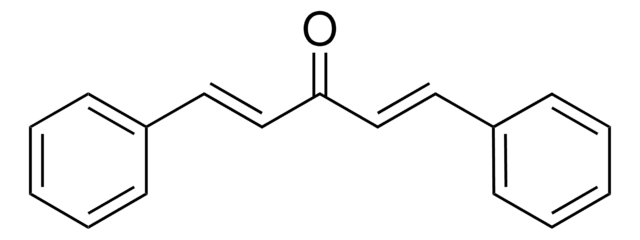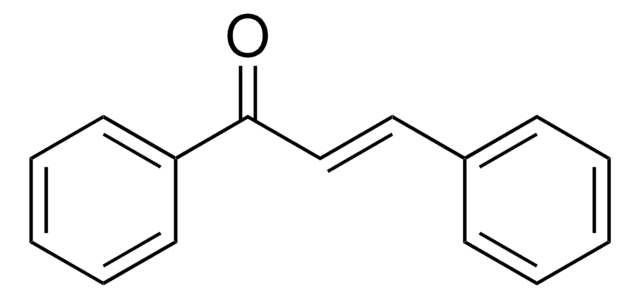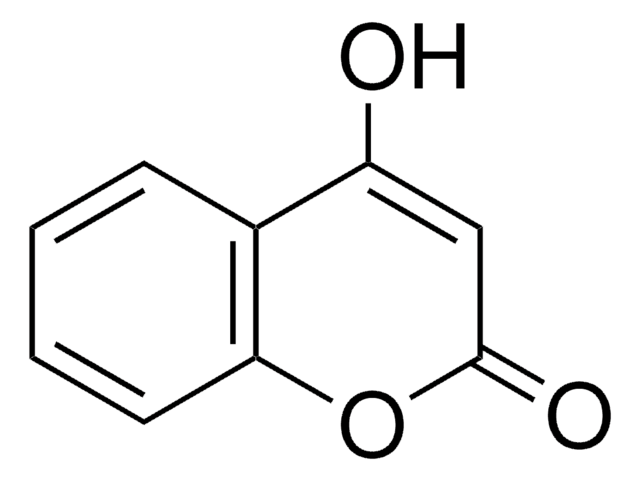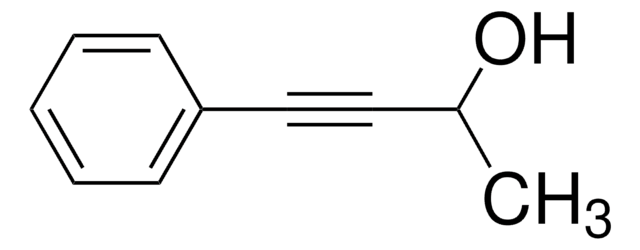147885
4-Phenyl-3-buten-2-one
99%
Synonym(s):
Benzalacetone, Benzylideneacetone, Methyl styryl ketone
About This Item
Recommended Products
vapor pressure
0.01 mmHg ( 25 °C)
Quality Level
Assay
99%
form
solid
bp
260-262 °C (lit.)
mp
39-42 °C (lit.)
solubility
alcohol: freely soluble
benzene: freely soluble
chloroform: freely soluble
diethyl ether: freely soluble
petroleum ether: very slightly soluble
water: very slightly soluble
SMILES string
[H]\C(=C(\[H])c1ccccc1)C(C)=O
InChI
1S/C10H10O/c1-9(11)7-8-10-5-3-2-4-6-10/h2-8H,1H3/b8-7+
InChI key
BWHOZHOGCMHOBV-BQYQJAHWSA-N
Looking for similar products? Visit Product Comparison Guide
Related Categories
General description
Signal Word
Warning
Hazard Statements
Precautionary Statements
Hazard Classifications
Skin Irrit. 2 - Skin Sens. 1
Storage Class Code
11 - Combustible Solids
WGK
WGK 2
Flash Point(F)
253.4 °F - closed cup
Flash Point(C)
123 °C - closed cup
Personal Protective Equipment
Choose from one of the most recent versions:
Already Own This Product?
Find documentation for the products that you have recently purchased in the Document Library.
Customers Also Viewed
Our team of scientists has experience in all areas of research including Life Science, Material Science, Chemical Synthesis, Chromatography, Analytical and many others.
Contact Technical Service











